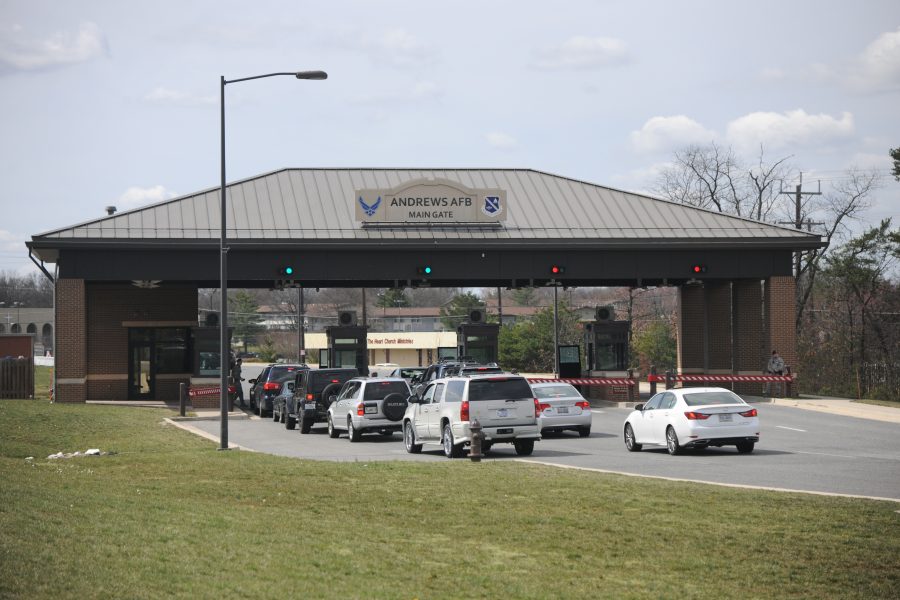Joint Base Andrews’ installation commander expressed faith in the 316th Security Forces Squadron’s ability to do its job following a Feb. 4 breach at the Maryland installation and said he will push for more time and resources to help Airmen effectively guard the base, according to a Feb. 9 memo obtained by Air Force Magazine.
In the memo, Air Force Col. Tyler R. Schaff—who commands both the 316th Wing and its home base—expressed “complete confidence” in his Airmen’s ability to safeguard the installation, but acknowledged that the breach denigrated the public’s trust.
“The nation’s eyes are on Joint Base Andrews almost every day because of the national security missions we are tasked to execute,” Schaff wrote. “We must maintain the trust and confidence of our nation and those we serve. This trust has been eroded because we allowed an individual to penetrate our layered security and ultimately, was able to access America’s Airfield.”
The breach triggered an Air Force Inspector General investigation into the incident, as well as a global review of all Department of the Air Force installations worldwide.
Schaff said that while the intruder—who made his way onto a C-40B aircraft assigned to the 89th Airlift Wing before being apprehended—didn’t harm personnel or aircraft, the breach “could have had a disastrous ending.”
“We must do better, we must learn from this unacceptable incident, and we must ensure an intrusion like … this never happens again,” he wrote.
Schaff also detailed ways the installation is reviewing the way it handles base visitors beyond a previously announced suspension of its Trusted Traveler Program.
This includes a “comprehensive review of all approved credentials used to enter the base,” since Schaff acknowledged that defenders encounter identification from more than “100 local, state and federal agencies,” which can lead to confusion about who actually has permission to access JBA.
“As your installation commander, I am reinforcing your authority to not allow access if they do not have the proper credentials, if they are not properly vetted, and if they have not been appropriately identified or cleared, regardless of who they are or where they work,” he added. “If the credentials do not allow entry to our installation, then we must not allow them on to Joint Base Andrews.”
Schaff said he’s determined to get 316th SFS Airmen “the resources, time, training, and technology” they need to succeed. Multiple funded “technology upgrades” are on the way, but additional ones are needed to support defenders’ efforts to protect the base, he added.
“I believe in you and trust you to keep Joint Base Andrews safe,” he wrote. “Hold the line, take the high road, stay professional and keep pressing excellence.”
At least two other USAF installations—Joint Base Langley-Eustis, Va., and Joint Base San Antonio, Texas—have changed their protocols for base visitors since the Andrews incident, though they didn’t specify the breach as having sparked the shifts, Air Force Magazine previously reported.
